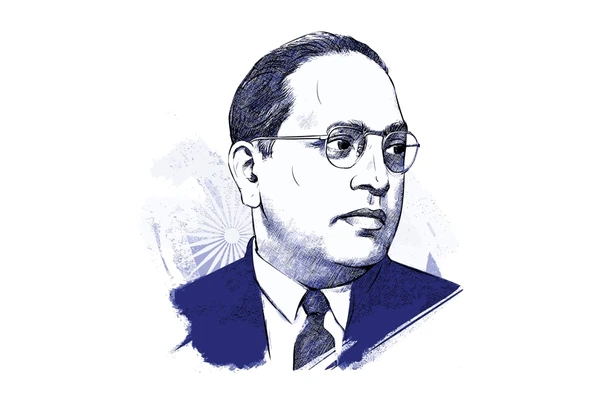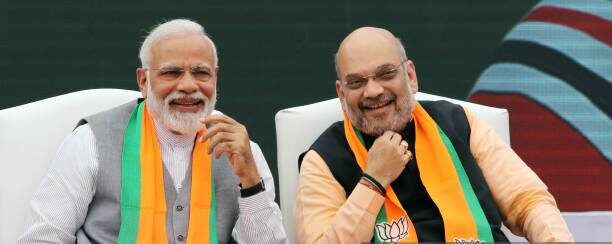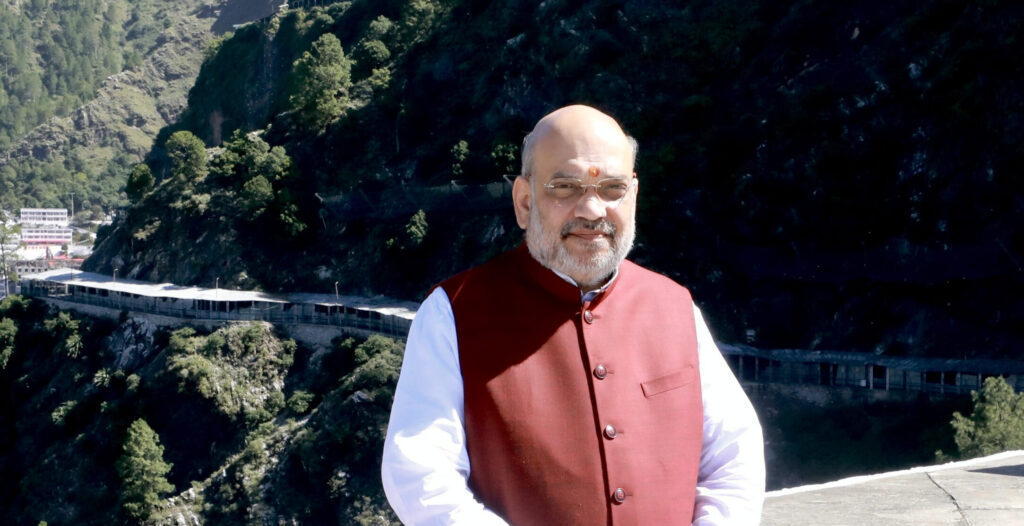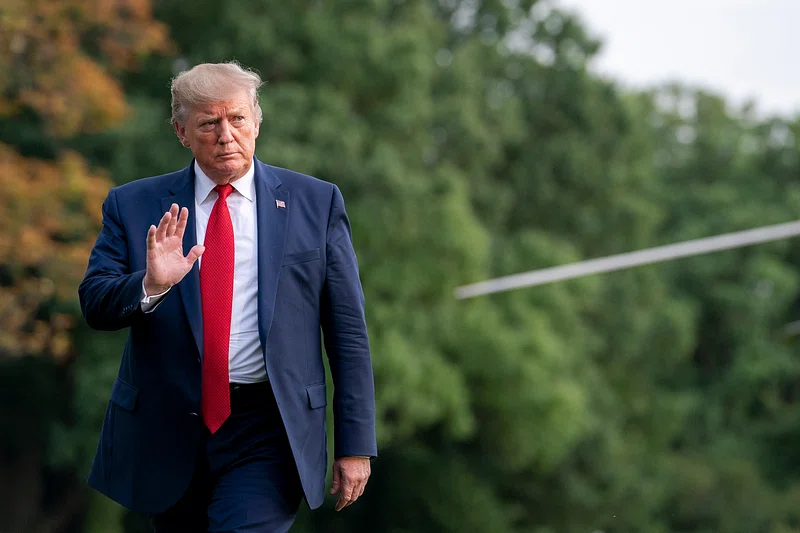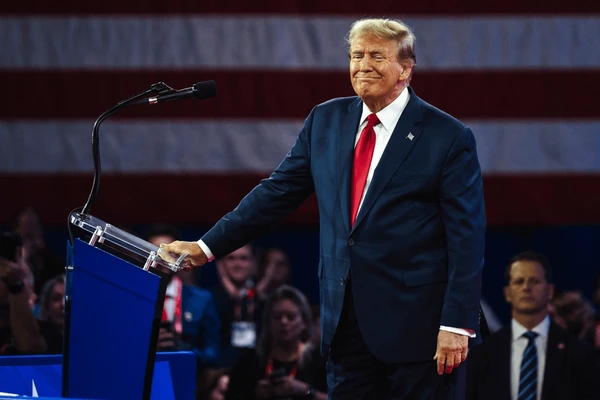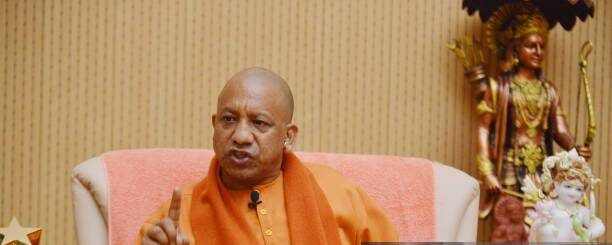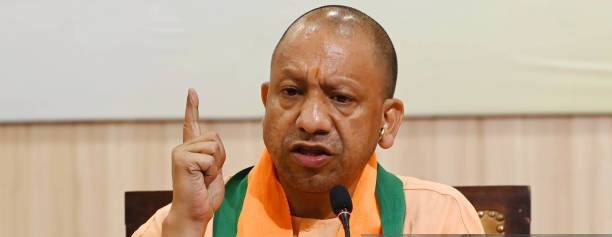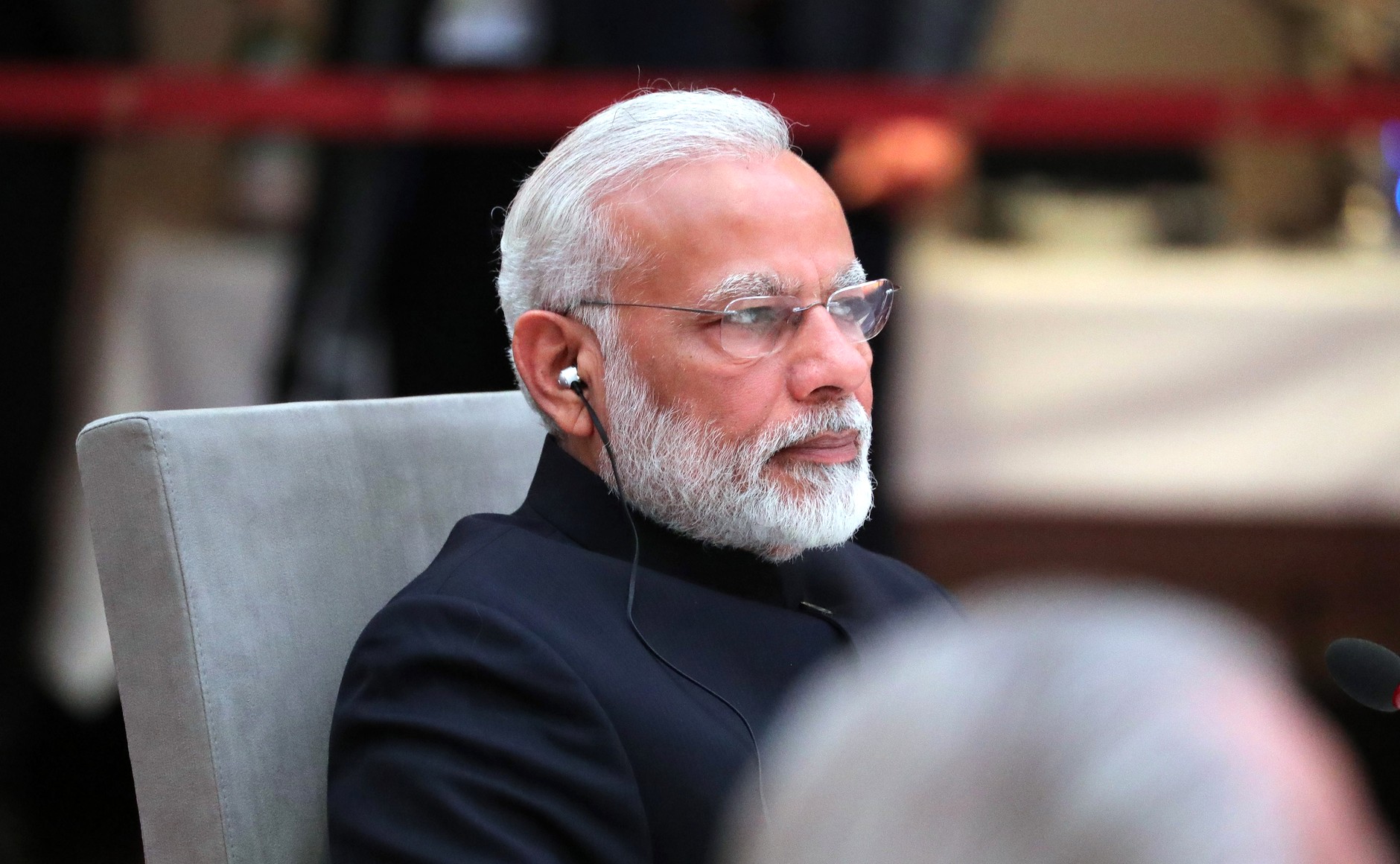
You May Like : Adityanath Yogi Life Journey to Politics
Narendra Modi : The Journey of India’s Visionary Leader
Narendra Modi Full name : Narendra Damodardas Modi is one of the most influential and dynamic political figures in India’s modern history. As the 14th and current Prime Minister of India, Modi’s leadership has transformed the nation’s political landscape. His journey from humble beginnings to the highest office in the country is a testament to his dedication, vision, and perseverance. This article explores Narendra Modi’s early life, political career, key initiatives, and the legacy he continues to build.
Early Life and Background of Narendra Modi :
Narendra Modi was born on September 17, 1950, in Vadnagar, a small town in Gujarat, India. He was the third of six children born to Damodardas Mulchand Modi and Heeraben Modi. His father ran a small tea stall, where a young Narendra often helped, developing a strong work ethic from an early age.
Despite financial hardships, Modi was a diligent student with a keen interest in learning. During his teenage years, he displayed a growing fascination with public service and spirituality. At the age of 17, he left home to travel across India, seeking a deeper understanding of the country’s cultural and social diversity. This period of self-discovery shaped his ideology and commitment to national service.
Entry into Politics of Narendra Modi
Modi’s formal entry into politics began with his association with the Rashtriya Swayamsevak Sangh (RSS), a nationalist volunteer organization. He joined the RSS in 1971, where he was mentored in organizational skills and leadership. His disciplined work and dedication led him to become a full-time pracharak (campaigner).
During the 1975 Emergency imposed by Prime Minister Indira Gandhi, underground movements against the government’s authoritarian measures were organized by Modi. Through these activities, his political acumen was enhanced, and his resolve was strengthened.
In 1987, the Bharatiya Janata Party (BJP), a major center-right political party in India, was joined by Modi. His strategic thinking and grassroots approach soon made him an indispensable part of the organization. By 1995, the position of National Secretary of the BJP was assigned to him, and he was tasked with overseeing party activities in various states.
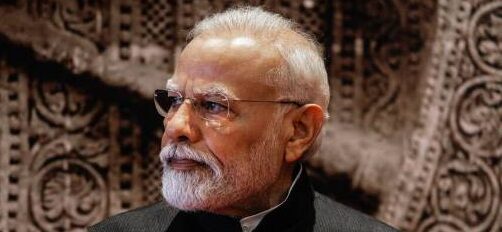
Narendra Modi as Chief Minister of Gujarat (2001-2014)
In 2001, Narendra Modi was appointed Chief Minister of Gujarat following a devastating earthquake. His leadership during the recovery period earned him praise for his ability to drive rapid development and maintain effective governance.
Modi’s tenure as Gujarat’s Chief Minister was marked by a focus on industrial growth, infrastructure development, and improving public services. His policies encouraged foreign investment and positioned Gujarat as one of India’s most industrialized states.
However, his tenure was not without controversy. The 2002 Gujarat riots, which resulted in significant communal violence, remain a contentious aspect of his legacy. Though he was cleared of wrongdoing by India’s Supreme Court in 2012, the incident continues to spark debate among his critics and supporters.
Despite controversies, Modi’s economic policies transformed Gujarat into a hub for business and innovation. His leadership in Gujarat became a model for development and governance.
Rise to National Power
In 2013, the BJP named Narendra Modi as their prime ministerial candidate for the 2014 general elections. His campaign emphasized economic reform, anti-corruption measures, and a vision of “Achhe Din” (Good Days) for all Indians.
Modi’s dynamic communication style, use of social media, and large-scale rallies energized voters across the country. The BJP won a historic mandate, securing 282 seats in the Lok Sabha, making it the first single-party majority in India since 1984.
On May 26, 2014, Narendra Modi was sworn in as the 14th Prime Minister of India. His rise from humble beginnings to the highest office in the country symbolized hope and aspiration for millions of Indians.
Key Initiatives and Policies
Since becoming Prime Minister, Modi has introduced several transformative policies across various sectors. Some of the most notable initiatives include:
1. Make in India
Launched in 2014, this initiative aims to boost domestic manufacturing and attract foreign investment. It encourages global companies to manufacture their products in India, fostering industrial growth and job creation.
2. Digital India
Digital India seeks to transform India into a digitally empowered society and knowledge economy. Launched in 2015, it focuses on improving digital infrastructure, increasing internet accessibility, and promoting e-governance.
3. Swachh Bharat Abhiyan
The Swachh Bharat (Clean India) Mission, launched in 2014, is a nationwide campaign to improve sanitation and hygiene. It aims to eliminate open defecation and promote cleanliness in urban and rural areas.
4. Pradhan Mantri Jan Dhan Yojana
This financial inclusion program aims to provide every household with access to a bank account, insurance, and pension. As of 2024, it has enabled millions of Indians to enter the formal banking system.
5. Goods and Services Tax (GST)
In 2017, the Modi government implemented the GST, a unified tax system that replaced multiple indirect taxes. This reform streamlined taxation and improved the ease of doing business.
6. Atmanirbhar Bharat
Launched in 2020, Atmanirbhar Bharat (Self-Reliant India) aims to reduce dependency on imports and promote domestic production. It focuses on strengthening local industries and fostering innovation.
Foreign Policy and Global Impact
Modi’s leadership has significantly shaped India’s foreign policy. He has prioritized building strong diplomatic ties, enhancing regional cooperation, and positioning India as a global power.
His outreach includes fostering closer relationships with the United States, Japan, and Australia while strengthening India’s position in multilateral organizations like the United Nations and BRICS. Notable foreign policy achievements include:
- International Solar Alliance (ISA): Co-founded by India to promote solar energy globally.
- Neighborhood First Policy: Strengthening ties with South Asian countries.
- Act East Policy: Enhancing economic and strategic relations with Southeast Asia.
Leadership During the COVID-19 Pandemic
The COVID-19 pandemic presented unprecedented challenges. Modi’s government responded with nationwide lockdowns, relief packages, and the “Vaccine Maitri” initiative to supply vaccines globally. Despite criticism for handling the second wave, India’s vaccine rollout became one of the largest in the world.
Personal Life and Leadership Style of Narendra Modi
Narendra Modi is known for his disciplined lifestyle, vegetarian diet, and early-morning yoga routines. He is a prolific reader and writer, having authored several books, including poetry collections and reflections on leadership.
His leadership style is characterized by decisiveness, effective communication, and a focus on execution. Modi’s ability to connect with citizens through “Mann Ki Baat,” a monthly radio address, showcases his commitment to engaging with the public.
Criticism and Controversies on Narendra Modi
Modi’s tenure has faced criticism on several fronts, including concerns about press freedom, religious polarization, and the handling of dissent. Critics argue that his government’s policies have increased social tensions and limited democratic space.
Despite these controversies, his supporters view him as a transformative leader focused on modernizing India and improving the quality of life for its citizens.
Legacy and Future Vision
Narendra Modi’s legacy is defined by his focus on economic growth, national security, and cultural pride. His vision for a “New India” emphasizes self-reliance, innovation, and social welfare.
As he continues to lead India, his influence extends beyond politics, shaping the nation’s future and inspiring millions to pursue ambitious goals. Whether praised or criticized, Narendra Modi’s impact on India is undeniable.
Conclusion
Narendra Modi’s journey from a tea seller to India’s Prime Minister exemplifies the power of perseverance and vision. His leadership has brought significant reforms, reshaped India’s global standing, and left an indelible mark on the nation’s history. As India continues to evolve under his leadership, Modi’s legacy will remain a defining chapter in the country’s democratic journey.
if you wanna know more about other celebs and political leaders ,You can know on You Wanna Know

